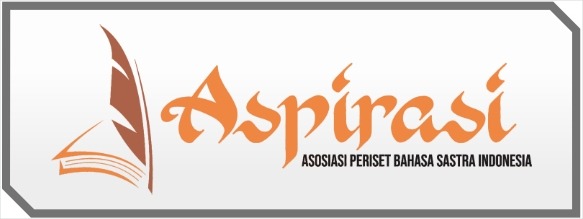Author Guidelines
Author Guidelines
JEE: JOURNAL OF ENGLISH EDUCATION
PUBLISHER: CV. DOKI COURSE AND TRAINING
A. General
- The papers to be published in JEE: Journal of English Education is a scientific journal published by CV. Doki Course and Training. The papers to be published in JEE are research articles (quantitative or qualitative research approaches), literature studies or original ideas that are considered to contribute to scientific studies of English Education. It covers problems in English education such as English Language Pedagogy, English language Literacy, English for Specific Purposes, ELT Materials Development and Evaluation, English Language Testing and Assessment, Teaching English to Young Learners, English Literature, Language Policy and Planning, and Second Language Acquisition.
- Papers submitted to JEE: Journal of English Education should be original and have not been published in other journals or have been submitted to other journals.
- Papers in the form of manuscripts of graduate thesis, post-graduate thesis and dissertation should include a recommendation from the concerned lecturer stating that the manuscript deserves to be published in the JEE: Journal of English Education. The script will then, be reviewed by the associate editor anonymously to decide whether the script is acceptable / rejected / or approved with revision.
- The author should revise based on feedback from the associate editor within the time limit set by the Editorial Board. The Editorial Board has the right to edit the content without altering the substance of the content.
- It is recommended that you use the latest publication from the last 10 years as your reference source. The main references are national and international books and journals.
- Any involved licenses, quotes or using computer software due to preparing the paper becomes the sole responsibility of the author of the article including possible legal consequences that may arise.
- The provision of the writing of this JEE: Journal of English Education refers to the Publication Manual of the American Psychological Association Sixth Edition 2010.
B. Structure and Systematical
The content and systematical are described in the narrative (without numbering on the subtitle) and must include the following contents:
1. Title
The title should be concise and focus on describing the content of the article. It may apply an attractive and creative title to attract the readers. It has a maximum of 10 words in English. It should be typed sentence cases in all centres and using Times New Roman font with size 12 and Bold.
2. Author
It must state the full name of the author without title, the institution of the author’s work/study and the e-mail of the author.
3. Abstract
The abstract must be shown in English. The abstract in English will need to be from a trusted institution (please attach the letter of transcript result from the institution). It should be a maximum of 250 words, justified, and typed in Times New Roman font, size 10 italic with space 1. The abstract must include reasons for choosing the topic or the importance of the research topic, a concise research method (type and research design, research subject, research instrument, data analysis method), research conclusion.
4. Keywords
The keywords may be taken from research variables, the characteristics of research subjects and referred theory (minimum two words or more)
5. Introduction
The introduction is to describe the background of the problem, the purpose and usefulness of the research, and the study of the theory and ends with the hypothesis (if any).
6. Research Method
It contains research types and designs, research variables, population and a sample of research, data collection methods, and data analysis methods (can be adapted according to the research approach used whether quantitative or qualitative).
7. Result And Discussion
The results and discussion should be fit according to the research approach. If using a quantitative research approach will consist of descriptive statistics, assumption test results and hypothesis test results should be analyzed intelligently. If using a qualitative approach will be in the form of the themes of the results of the qualitative analysis conducted.
8. Conclusion
The conclusion is the answer to the purpose of the research. It is not the summary of the research results. Conclusions and suggestions should be clear and concise based on results and discussion.
9. References
References should be written alphabetically and chronologically. It is recommended to use Mendeley. The references are not a bibliography, therefore, it must contain all sources referenced in the scripts and does not need to mention unused sources. Some examples: download guide citation, and article template.














